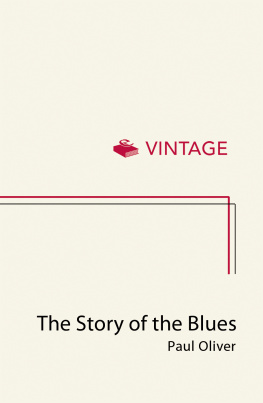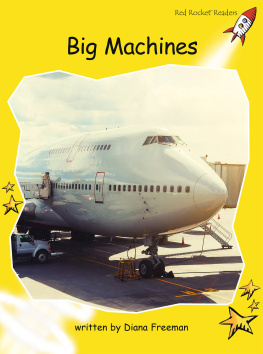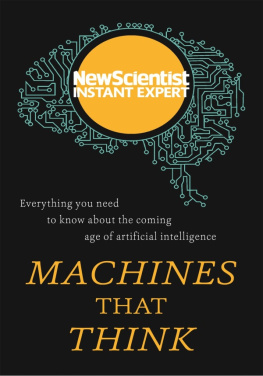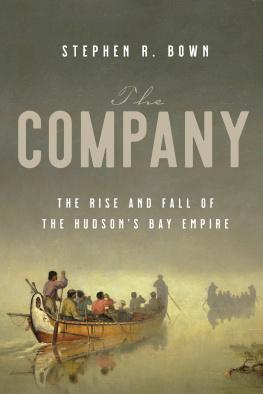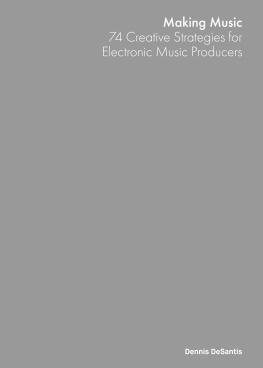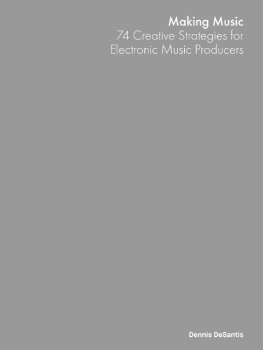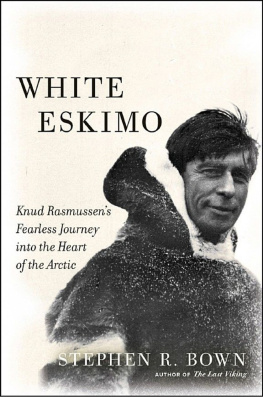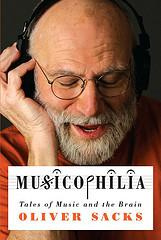Oliver Bown - Beyond the Creative Species: Making Machines That Make Art and Music
Here you can read online Oliver Bown - Beyond the Creative Species: Making Machines That Make Art and Music full text of the book (entire story) in english for free. Download pdf and epub, get meaning, cover and reviews about this ebook. year: 2021, publisher: MIT Press, genre: Romance novel. Description of the work, (preface) as well as reviews are available. Best literature library LitArk.com created for fans of good reading and offers a wide selection of genres:
Romance novel
Science fiction
Adventure
Detective
Science
History
Home and family
Prose
Art
Politics
Computer
Non-fiction
Religion
Business
Children
Humor
Choose a favorite category and find really read worthwhile books. Enjoy immersion in the world of imagination, feel the emotions of the characters or learn something new for yourself, make an fascinating discovery.

- Book:Beyond the Creative Species: Making Machines That Make Art and Music
- Author:
- Publisher:MIT Press
- Genre:
- Year:2021
- Rating:5 / 5
- Favourites:Add to favourites
- Your mark:
- 100
- 1
- 2
- 3
- 4
- 5
Beyond the Creative Species: Making Machines That Make Art and Music: summary, description and annotation
We offer to read an annotation, description, summary or preface (depends on what the author of the book "Beyond the Creative Species: Making Machines That Make Art and Music" wrote himself). If you haven't found the necessary information about the book — write in the comments, we will try to find it.
Oliver Bown: author's other books
Who wrote Beyond the Creative Species: Making Machines That Make Art and Music? Find out the surname, the name of the author of the book and a list of all author's works by series.
Beyond the Creative Species: Making Machines That Make Art and Music — read online for free the complete book (whole text) full work
Below is the text of the book, divided by pages. System saving the place of the last page read, allows you to conveniently read the book "Beyond the Creative Species: Making Machines That Make Art and Music" online for free, without having to search again every time where you left off. Put a bookmark, and you can go to the page where you finished reading at any time.
Font size:
Interval:
Bookmark:
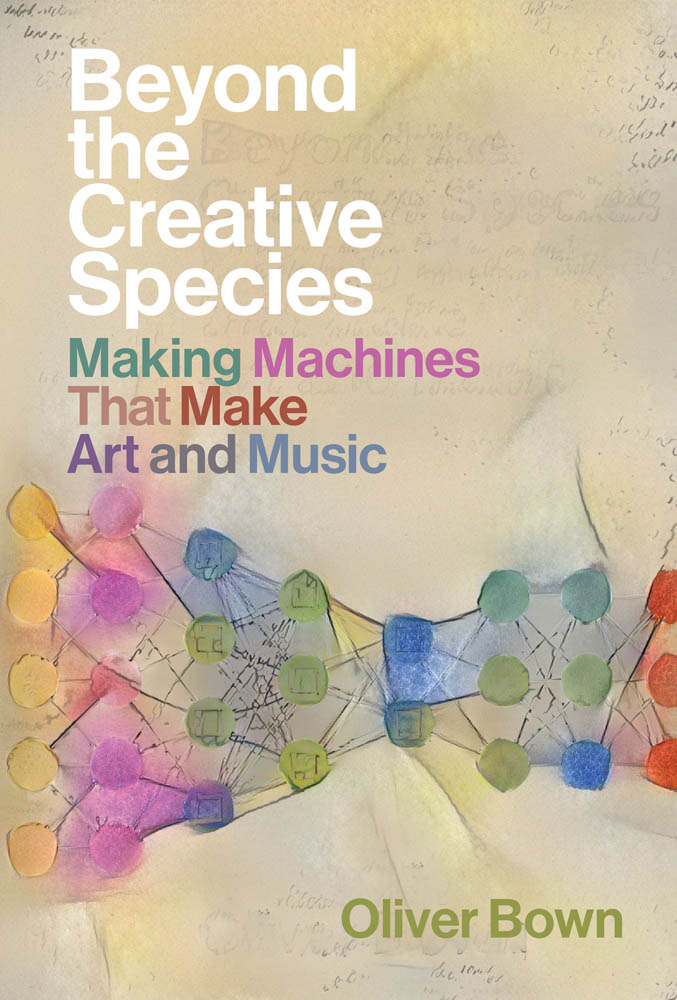
Beyond the Creative Species
Making Machines That Make Art and Music
Oliver Bown
The MIT Press
Cambridge, Massachusetts
London, England
2021 Massachusetts Institute of Technology
All rights reserved. No part of this book may be reproduced in any form by any electronic or mechanical means (including photocopying, recording, or information storage and retrieval) without permission in writing from the publisher.
Library of Congress Cataloging-in-Publication Data
Names: Bown, Ollie, author.
Title: Beyond the creative species : making machines that make art and music / Oliver Bown.
Description: Cambridge, Massachusetts : The MIT Press, [2021] | Includes bibliographical references and index.
Identifiers: LCCN 2020017931 | ISBN 9780262045018 (hardcover)
Subjects: LCSH: Technology and the arts. | Arts--Technological innovations.
Classification: LCC NX180.T4 B68 2021 | DDC 700.1/05--dc23
LC record available at https://lccn.loc.gov/2020017931
d_r0
Example of a simple musical Markov model. Each node represents a musical note and each arrow represents a potential transition between notes. Thicker arrows have a greater probability of occurring. To run the model, select a starting point, then follow a path of arrows, with greater likelihood of following thicker arrows than thinner ones. Image credit: Oliver Bown.
A radio antenna design optimized by an evolutionary algorithm. The algorithm tries a population of different designs, testing their performance in simulation and selecting those more successful for future breeding. Over time, designs improve. Image credit: NASA (public domain).
One of Kate Comptons casual creator systems, a parametrically controlled plant designer. Image credit: Kate Compton.
A series of 3D organic forms evolved by Andy Lomas. Image credit: Andy Lomas.
The E-volver generative artwork by Erwin Driessens and Maria Verstappen. Top left: The interaction context showing how people can selectively breed designs. Other panels: A range of agent behaviors. Image credit: Driessens and Verstappen.
Lehman and Stanleys original demonstration of the effective power of novelty-based search, even for traditional goal-based search tasks. In both images, the large white dot (bottom left) is the starting point for an agent that is trying to find its way to the small white dot (top left) through the maze, within a given time limit. The black dots represent the final resting place of the agent in many different trials. In the left panel the agent search strategy was evolved using target-based evolutionary search: agents that got nearer the target were deemed fitter and more likely to seed future generations. However, the shape of the maze means that fitness might be rewarded for agents that are close to the target as the crow flies but not in reality. In the right panel, novelty search is used: fitness is rewarded to agents whose resting position is novelthat is, dissimilar to previous agents. The images show that the novelty search strategy is actually more effective at reaching the target. Image credit: Joel Lehman and Kenneth Stanley.
Paul Browns artworks involve the automatic recombination of elements using algorithmic processes. The design of modular elements that afford recombination to create rich and complex structures is an important part of this art. Here the work is rendered as a series of cards that a person can tile manually. In digital form, the cards arrangement is often managed by procedural or evolutionary rules. Image credit: Paul Brown.
An example of a parametric design exploring gradual variation in the positions of a hexagons vertices. Image credit: Andrew Kudless, Andrew Payne (LIFT Architects).
A visual relative of style transfer: high-level structures (dinosaurs) are filled out with low-level structures (plants). Image credit: Chris Rodley.
Example of images generated by Elgammals Creative Adversarial Network (CAN). These are the images ranked highest (most liked) by human subjects.
Petros Vrelliss work Christ Savior by El Greco (as string-art). The work is created using a relatively simple optimization algorithm that attempts to approximate a source image using the intersection of straight lines, then rendered using threads wound across pegs. Image credit: Petros Vrellis.
Palle Dahlstedts MutaSynth program, which can be used to evolve the synthesizer sounds on a Nord Modular G2 synthesizer. Image credit: Palle Dahlstedt.
Ben Houges Food Opera is a novel application of generative music in which adaptive compositions are coupled with dishes and coordinated among the diners in a distributed fine dining audio experience. Image credit: Ben Houge.
This book is about the practice, the technology, and the deeper implications of the automation of creative tasks in artistic domains. It was written primarily to provide a broad introduction to the fieldwhich is in fact really a cluster of different fields that come together to inform this fascinating topic. It is aimed first and foremost at professionals working in creative industries who want to understand how their field might be influenced by technological advances in the automation of cognitive tasks, some part of which involves cutting through the noise we find today around the impact of AI, whichever the area. As such it is also aimed more generally at anyone interested in learning more about this area of exciting and rapid development. This bringing together of different fields, from AI, design, social theory, the psychology of creativity, creative practice research, and elsewhere, also gives the book a secondary function, to collate the breadth of relevant ideas and their interconnections in a way that may be useful for experts in any specific one of these subdisciplines. It may be especially useful for engineers and data scientists unfamiliar with work in social, psychological, and creative domains, perhaps offering some common language and reference points that can be used to work across the richly multidisciplinary communities that must come together to work in this field.
As such, this book is unashamedly jack-of-all-trades-master-of-none. Most importantly, it is only partly about the technology and what it can do. To narrow the topic to just this question would be hopelessly lacking in context; every engineer respects the importance of understanding a problem clearly before you can solve it. The question of how to make convincing or effective creative algorithmic systems is a core theme. But to answer this question merely from the perspective of algorithms, or even combining algorithms and cognitive science, is insufficient. I am certainly not the first person to stress in this context that human creative artistic activities are not only social in important ways but primarily social. This is probably the majority view. But exactly how creative practice is best viewed through a social lens remains more than a little bit challenging. To understand in any depth what people are doing (and why) when they create, and hence understand what the technical challenges are, is at least as vexing as those technical challenges themselves. This book aims to provide informed discussion across this spectrum of topics and may seem to do so sometimes at the expense of depth or coherence. There is no subject covered in this book that couldnt have been given more time and detail. The books reviewers were thorough in pointing out omissions of work that they themselves considered important in their respective fields of specialist interest. I addressed some of these omissions, but I did not labor each subject exhaustively where I felt that the underlying idea had been covered.
Font size:
Interval:
Bookmark:
Similar books «Beyond the Creative Species: Making Machines That Make Art and Music»
Look at similar books to Beyond the Creative Species: Making Machines That Make Art and Music. We have selected literature similar in name and meaning in the hope of providing readers with more options to find new, interesting, not yet read works.
Discussion, reviews of the book Beyond the Creative Species: Making Machines That Make Art and Music and just readers' own opinions. Leave your comments, write what you think about the work, its meaning or the main characters. Specify what exactly you liked and what you didn't like, and why you think so.

